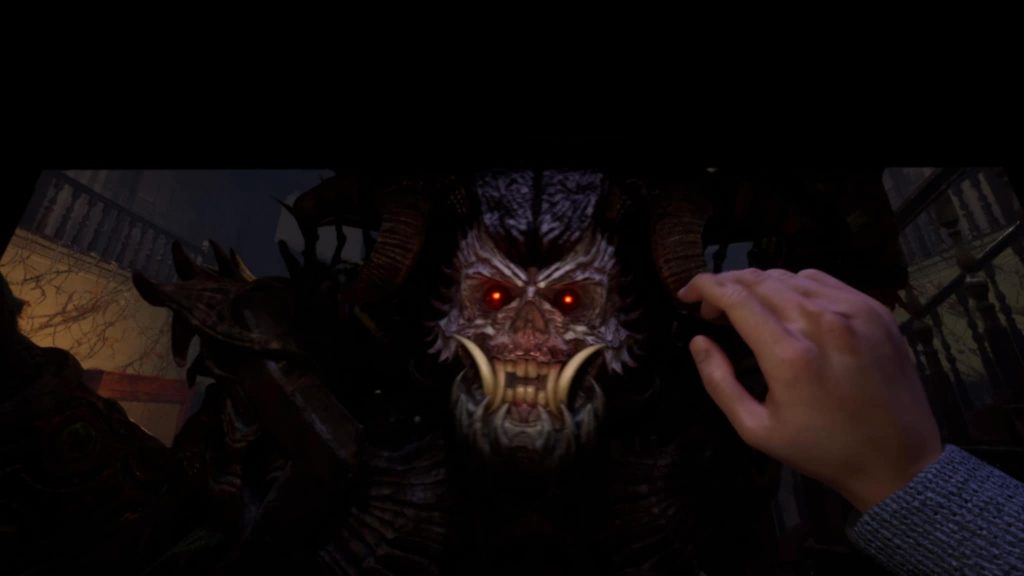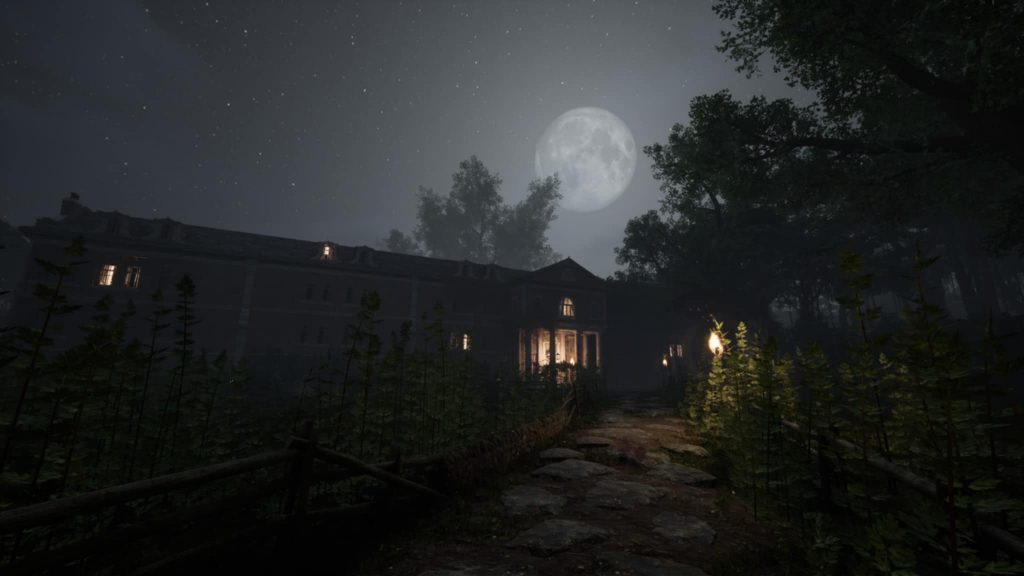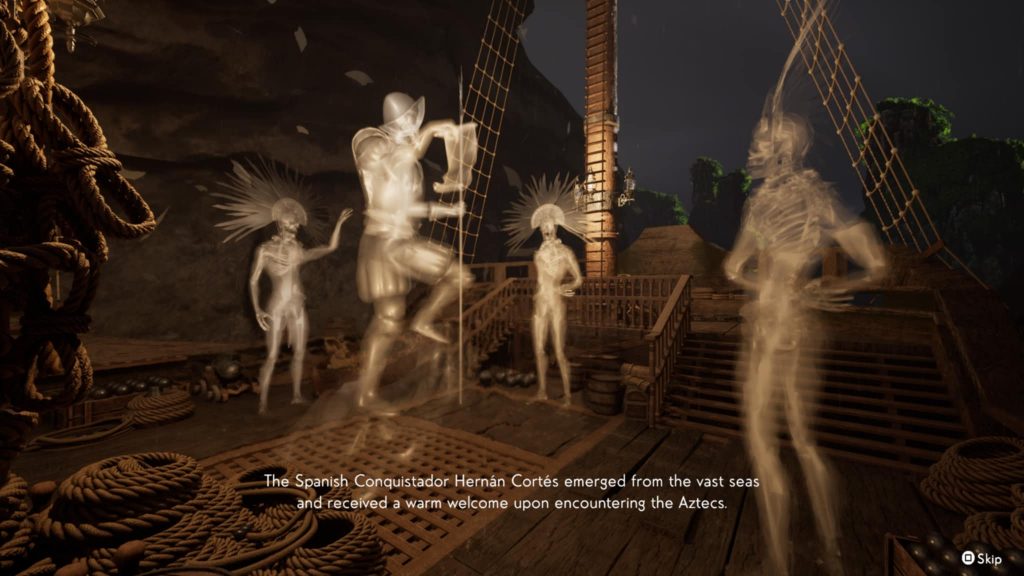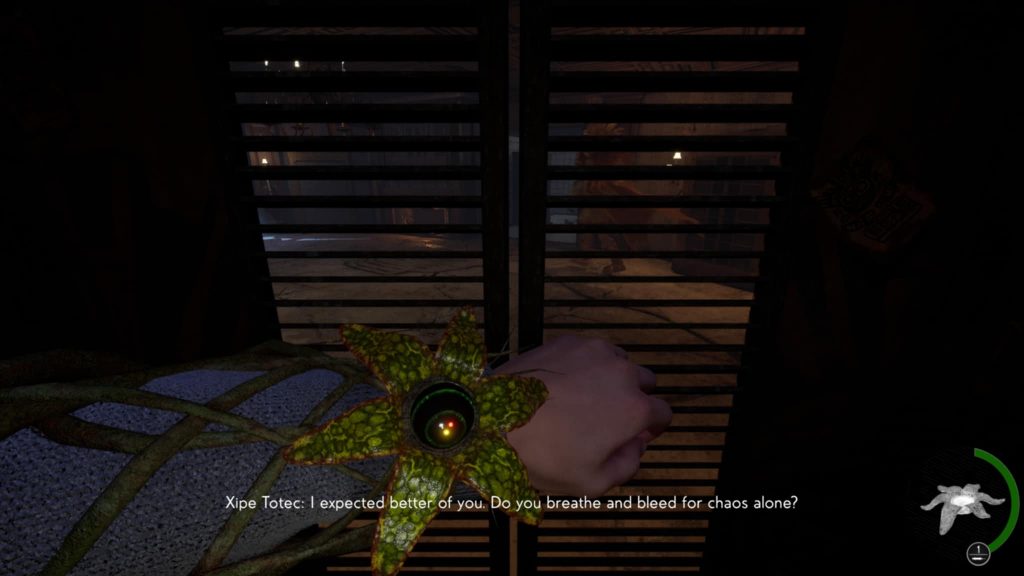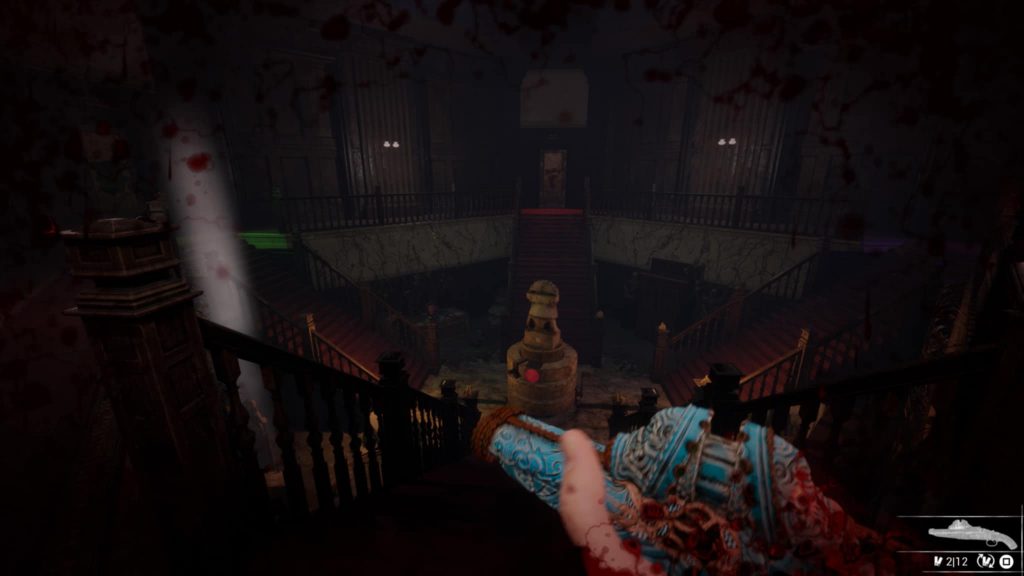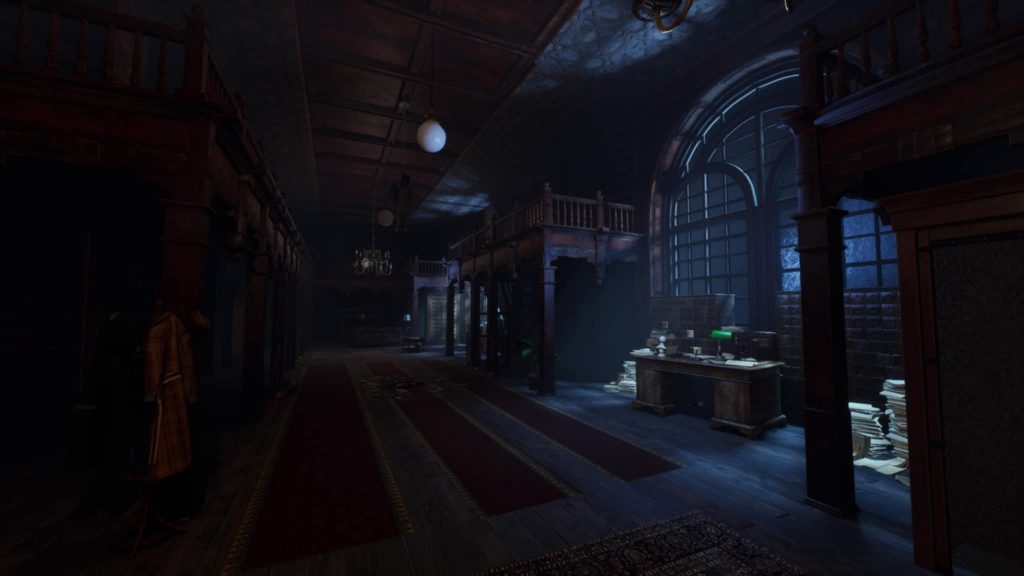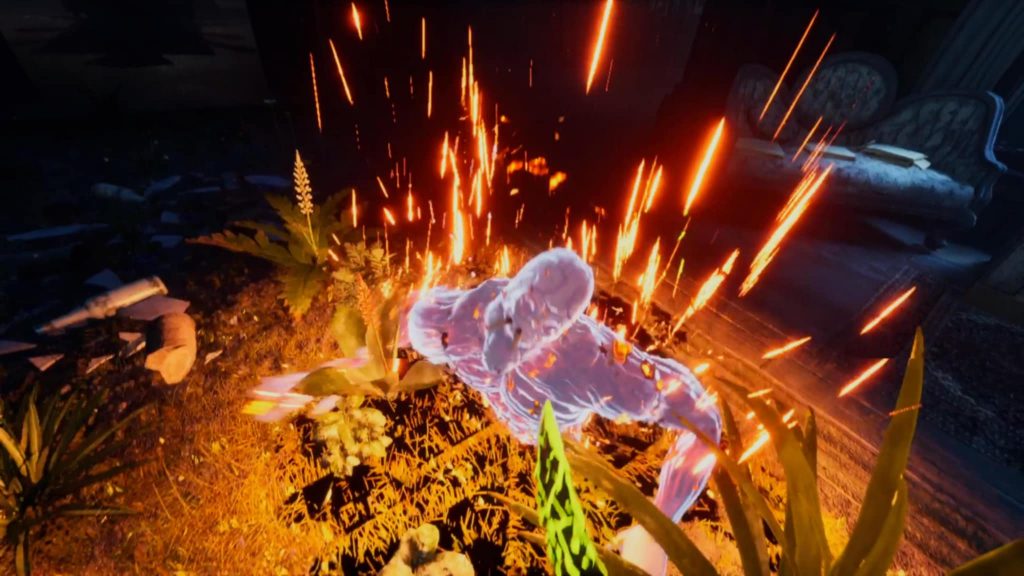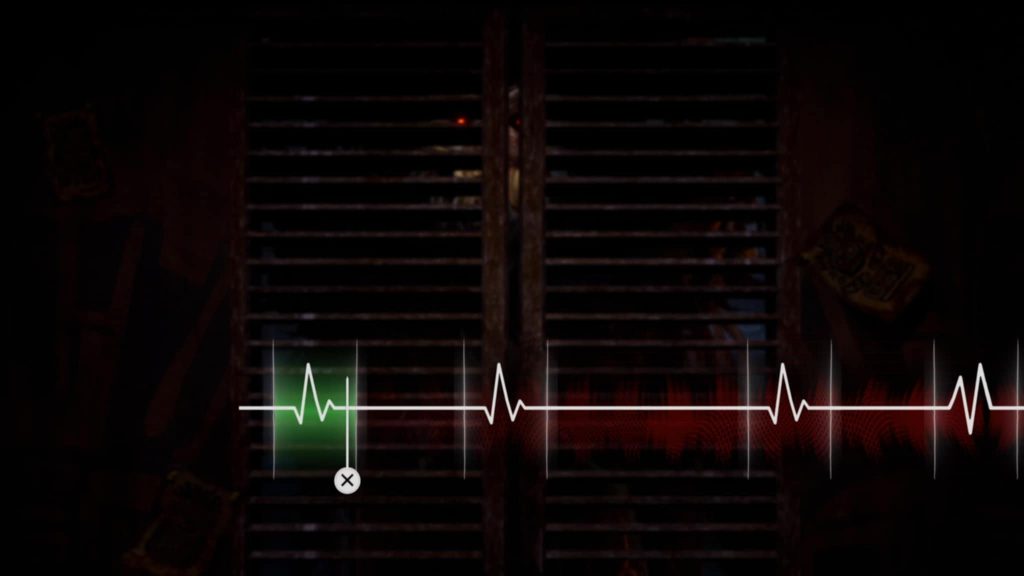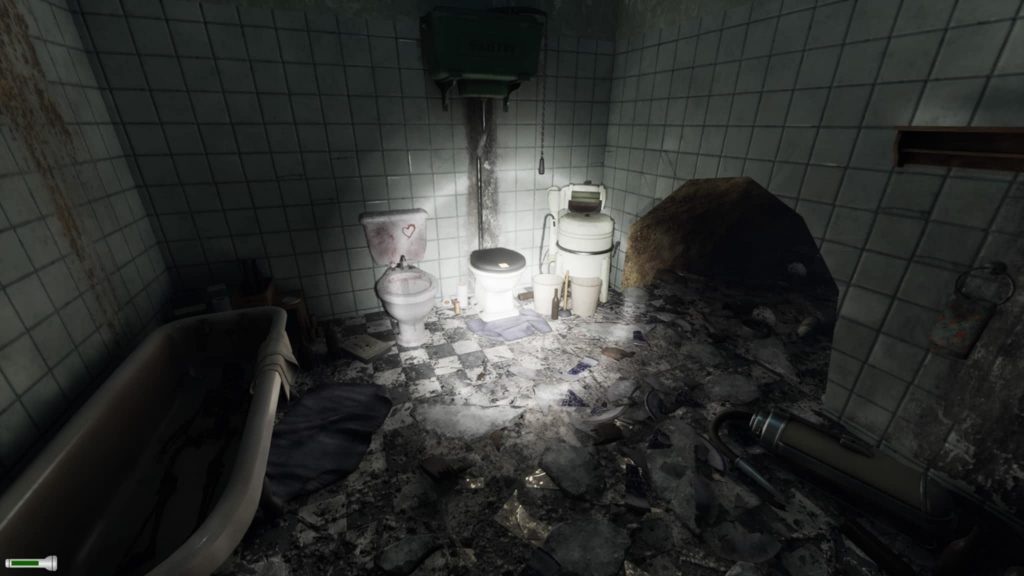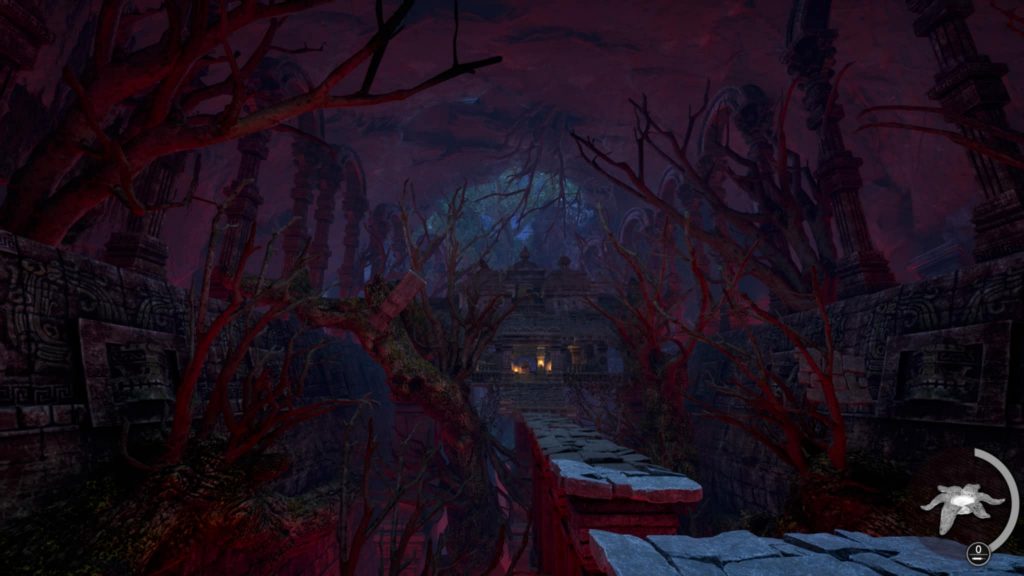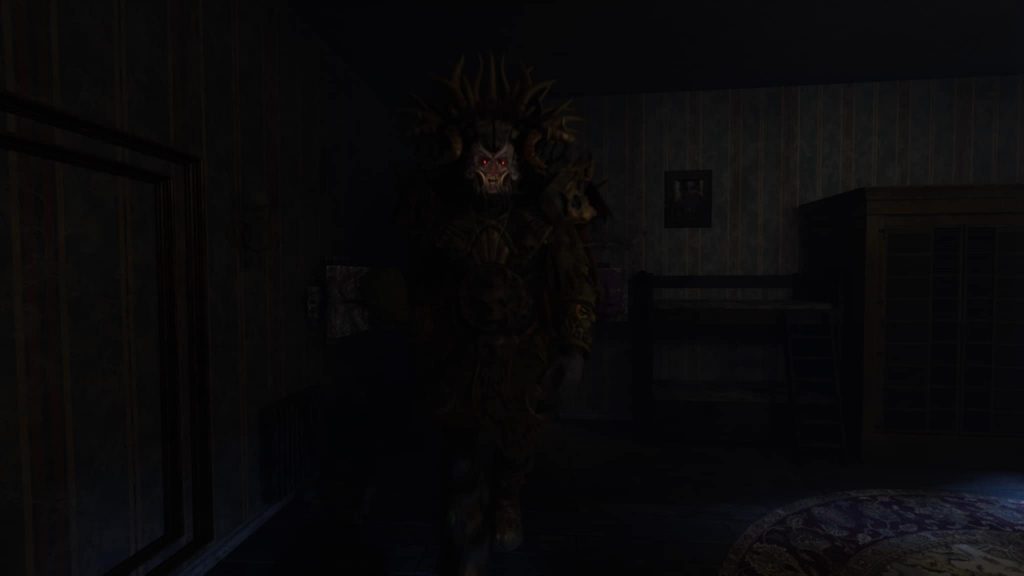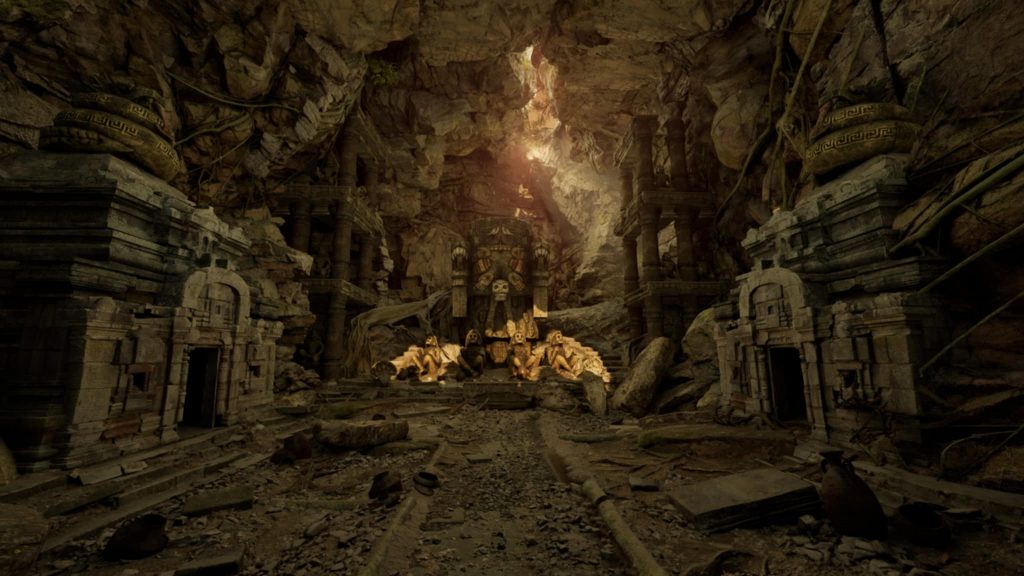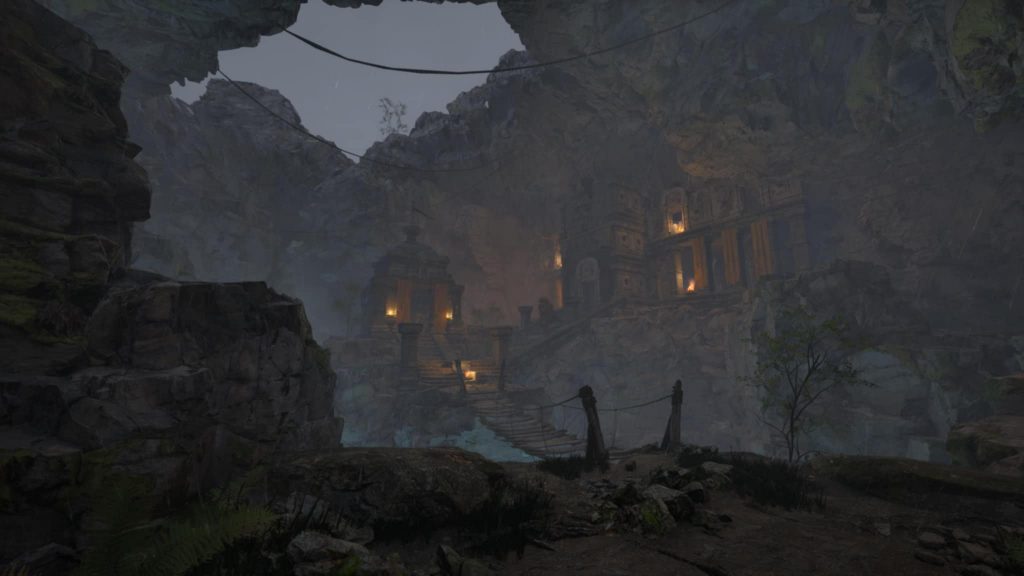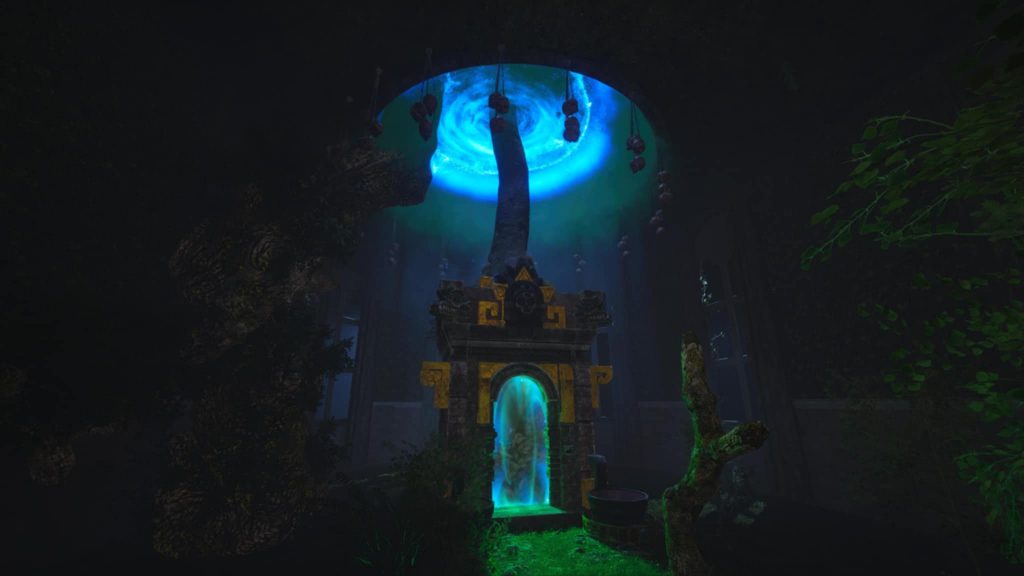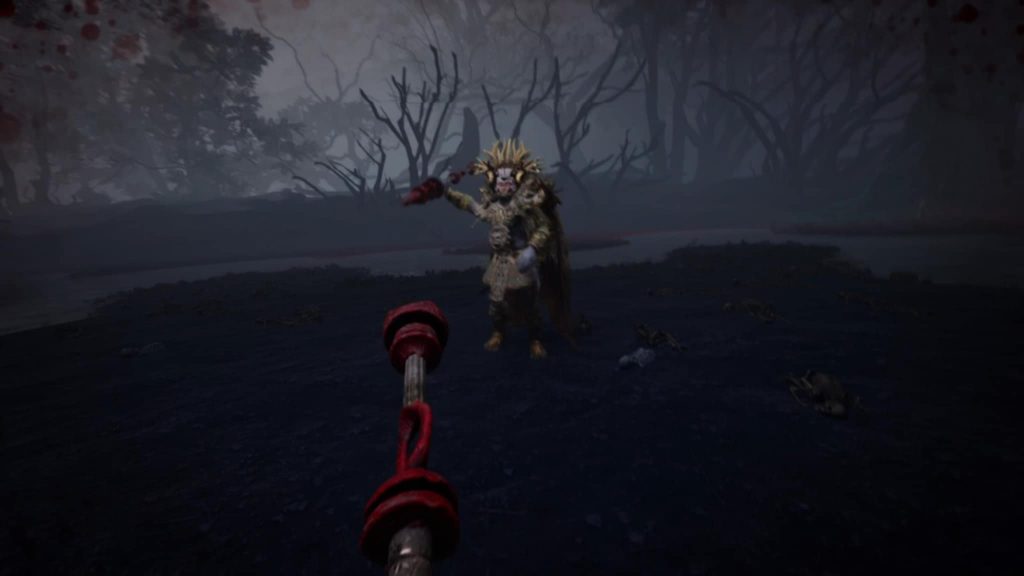Death Relives Review (PS5)
Summary: Death Relives is an ambitious survival horror game that blends Aztec mythology with immersive gameplay concepts, but its execution is uneven. While the atmosphere, sound design, and mythological elements stand out, the overuse of artificial intelligence, particularly in the companion app and character imagery, undermines its sincerity and immersion. Despite some clever mechanics and moments of real tension, technical issues, clunky design, and awkward storytelling keep it from fully delivering on its potential. It’s a unique experience with strong ideas, but one that ultimately falls short.
1.9
Mythic Mess
Outrun and outsmart an Aztec deity to rescue your mom! Death Relives is a first-person survival horror game developed and published by Nyctophile Studios and released on July 25th of 2025. This Unreal Engine 5-powered indie title pulls from the rich cultural legacy of Aztec mythology in some successful ways and showcases a tense, atmospheric journey rooted in ancient fear. Set largely in a sprawling mansion with unsettlingly historical overtones, Death Relives is an attempt to blend cultural reverence, interactive storytelling, and immersive horror with Xipe Totec, a god of life, death, and renewal, casting his shadow at the center of all the chaos as he brings with him a sense of creeping dread and mystic power. Unfortunately, the game suffers from far too many drawbacks to be considered a successful attempt at the horror genre and truly feels a part of a bygone era.
You play as Adrián, a young man caught in a terrifying web after witnessing his mother getting kidnapped by a mysterious figure during a late-night drive. What follows is a descent into an Aztec-tinged nightmare, where history and horror collide in a mansion steeped in blood, secrets, and the presence of an ancient god. The narrative doesn’t become interesting until its final act, which upsettingly is the most memorable part of the game. The storytelling swings for a high concept, but struggles at times with inconsistent world-building; the Aztec elements, though fascinating, feel occasionally tacked onto the environment rather than fully integrated into it.
Gameplay is built around evasion, puzzle-solving, and light combat. With a few tools and desperation, you might just make it out alive. Hiding spots, quick-time events, and the resource-draining mechanic of managing your connection to the God Seed are central. The God Seed is a plant-like wristband that is tied to both you and Xipe Totec. It acts like a radar in which you can see yourself, Xipe Totec, and the location of your next objective. While roaming around through the mansion, you’ll run across ghostly priests that you can sneak past or destroy. Destroying the priests allows you to use their blood to heal the God Seed.
There’s an interesting push-pull system where you can temporarily banish Xipe Totec by weakening him with your gun weapon, Xizoltic, and using the Obsidian Blade to banish him to Mictlan, the underworld; but doing so draws him back stronger when he returns, making each choice feel weighty. Stealth is encouraged over confrontation due to the troubling effects of the God Seed, especially on harder difficulties where resources are scarce. Constantly playing the game in stealth mode is annoyingly frustrating though, as enemy patrol points are short and close together. Xipe Totec can apparently also hear you from half way across the mansion and darts toward your location at the drop of a dime or when you complete a puzzle, inadvertently turning Death Relives into “Hide: The Game”. This makes a large part of your experience long, boring, drawn out waiting in one of the many oddly placed closets or trunks around the estate.
Unfortunately, mechanical frustrations rear their head too often. Enemy AI behaves erratically (such as the deaf priests behaving like they have seen you and calling attention to Xipe Totec when you are separated by a wall), chase sequences can feel unfair, and visual bugs such as lighting halos, screen tearing, long load times, graphical flickering, clipping, and severe pop-in usually undercut the tension. The interface is equally inconsistent with conflicting prompts telling you to push different buttons for the same outcome. Repeated dialogue audio (one time repeating behind my character), sound all together pausing during cutscenes at multiple points in the game, among other graphical hiccups may be easy to patch up eventually, but plagued my playtime and soured my experience overall.
What sets Death Relives apart conceptually is its in-game companion app. By scanning a QR code from the main menu, your real-world device becomes Adrián’s phone, receiving dynamic SMS messages, accessing his gallery, social media, and even chat logs. It’s a brilliant concept on paper; one that deepens immersion by blurring the line between player and protagonist. YOU as the player are living as Adrián through his digital footprint. Unfortunately, the execution wavers. While the static chat logs and collectible photos offer nice touches of background, the SMS system lacks believability, and the only active conversation, between Adrián and his father Jeffry, is powered by generative AI.
And here lies the biggest rift in Death Relives: its overreliance on artificial intelligence. The dad chatbot, while an initially novel idea, quickly reveals its limitations. Conversations are shallow, the emotional beats fall flat, and the novelty fades when you realize Jeffry doesn’t actually help you. It’s a clever system undermined by synthetic dialogue and poor integration. There are QR codes scattered around near puzzles and if you take pictures of them and send them to your “parental unit”, apparently, they will guide you through it. This system, among some other features with the phone never worked for me, but I’m sure it will get smoothed out for release. Meanwhile, much of the imagery in the app appears to be AI-generated, often grotesquely so. Characters have mismatched limbs, unnatural expressions, and an uncanny look that jars with the game’s otherwise sincere tone. It’s immersion-breaking, not just visually, but philosophically. A game trying to connect us more deeply to a culture and a story through characters falls short when those characters feel like algorithmic approximations of people.
Even more disappointing is the attempt at humor within the app. Name parodies like “Abbassin’s Creative” and “Malecraft” aim for levity, but land more like low-effort gags that diminish the tone rather than complement it. There’s a difference between being tongue-in-cheek and simply out of touch, and this falls on the wrong side of that line. Your messages being indented to the right instead of properly aligned and characters using emojis after every message makes this entire thing feel preposterous. For players who are wary of heavy AI integration in creative work, Death Relives may serve as a case study in overreach, especially when it detracts from what is otherwise a lovingly researched mythological setting. The voice acting also contributes to this uncanny feel, with Adrián (and other characters) sounding off-key and stilted in key emotional moments.
Despite all this, the horror elements do occasionally shine. The presence of Xipe Totec is consistently threatening and terrifying. His sudden appearances, guttural sounds, and brutal design evoke genuine fear. The gore is grisly and intense in a Saw way. Blood-soaked altars, flayed skeletons, and bizarre mechanisms and medical equipment are illogically sprawled out everywhere. The sound design here is a highlight: from the panic-inducing chase music built on breathy rhythm and distorted bass to the unsettling ambient creaks and whispers of the mansion, audio does a great deal of heavy lifting in crafting tension. Stepping on glass was one of my favorite things to do. The environments, too, have their moments of visual splendor. Lighting is often gorgeous, when not bugged, and the visual design of the supernatural is both inspired and menacing. It’s a shame that the human characters don’t receive the same level of polish, looking gaunt and ghoulish even in bright lighting, whether intended or not.
There are good systems in place. The collectible lore totems, secret codes, and context-sensitive notes all work together to build out the world. There’s a clear reverence for Aztec myth and a commendable effort in consulting native Nahuatl speakers and translators to give Xipe Totec a linguistically authentic presence. That level of care stands out. Although, juxtaposed with the game’s technical hiccups and AI-heavy storytelling components, it leaves Death Relives feeling torn between two identities. One genuine and ambitious and the other synthetic and hollow.
Final Thoughts?
Death Relives is a strong idea wrapped in a conflicted execution. The mythological angle is compelling, the gameplay systems offer a clever survival loop, and the atmosphere occasionally hits unnerving highs, but the AI implementation, mechanical jank, and uneven design choices keep the game from reaching its full potential. As someone who values artistic integrity and thoughtful design, it’s disheartening to see such a unique concept compromised by shortcuts that dilute rather than enhance the experience. Still, there’s enough intrigue here for horror fans to chew on, especially those curious about games that experiment with form and format. Just know going in that you’re not getting an Aztec horror masterpiece, but something messier, stranger, and far more divisive.



